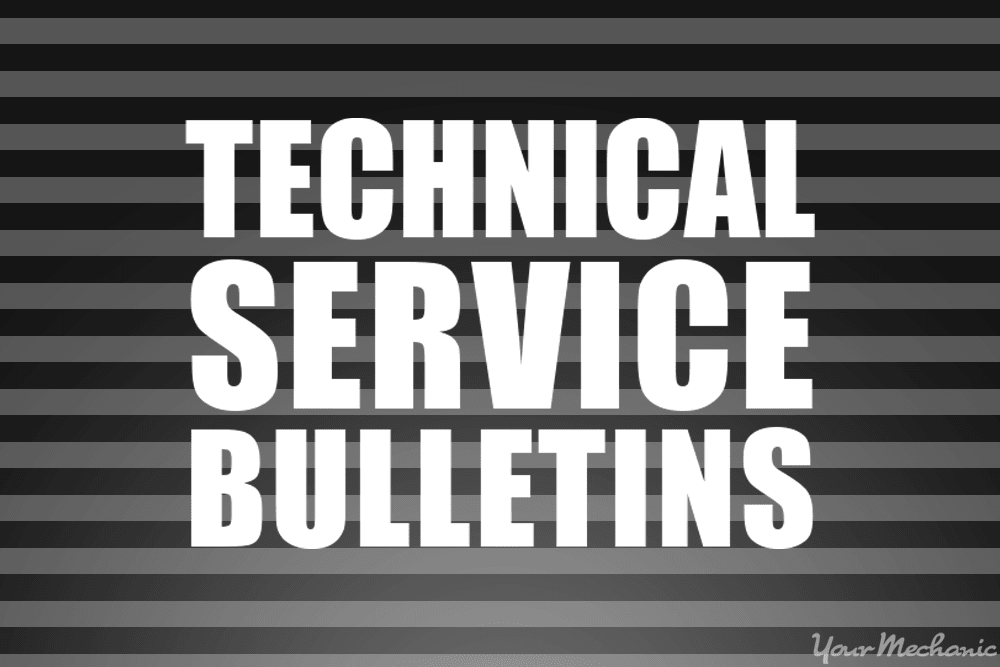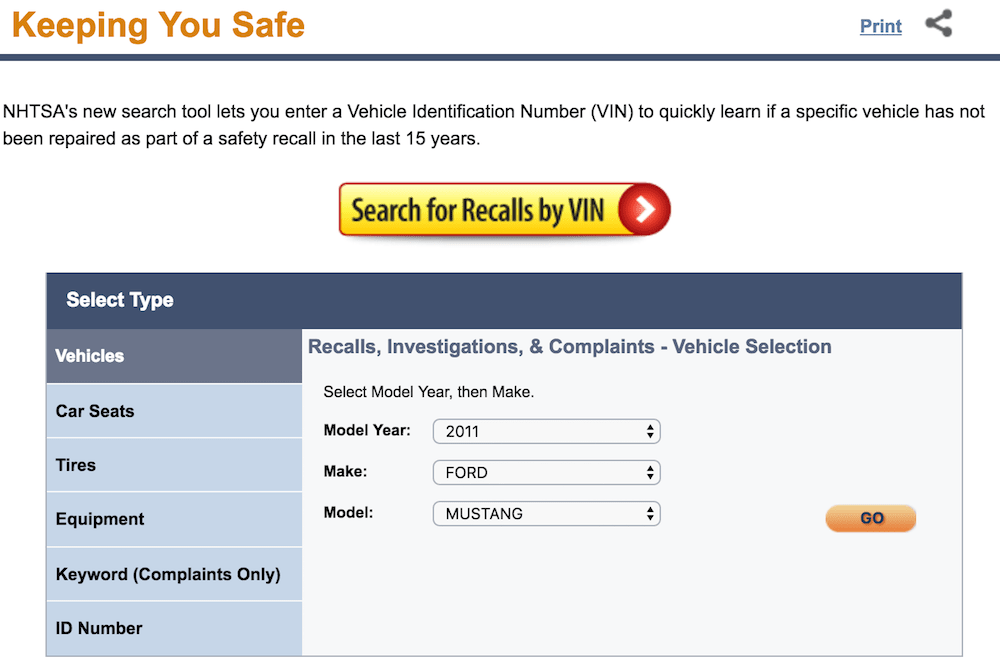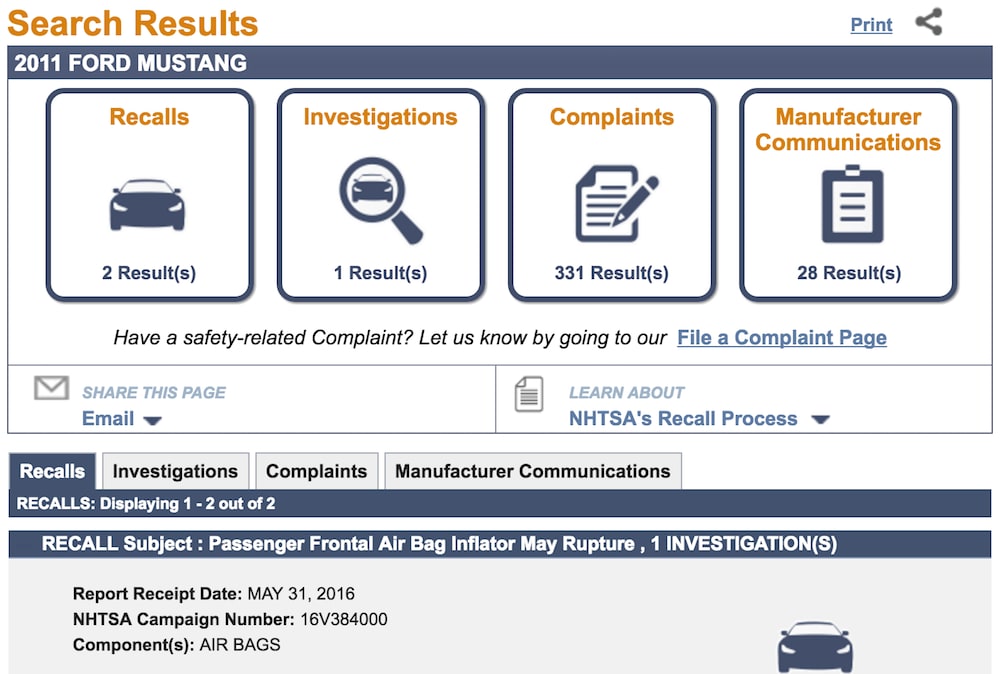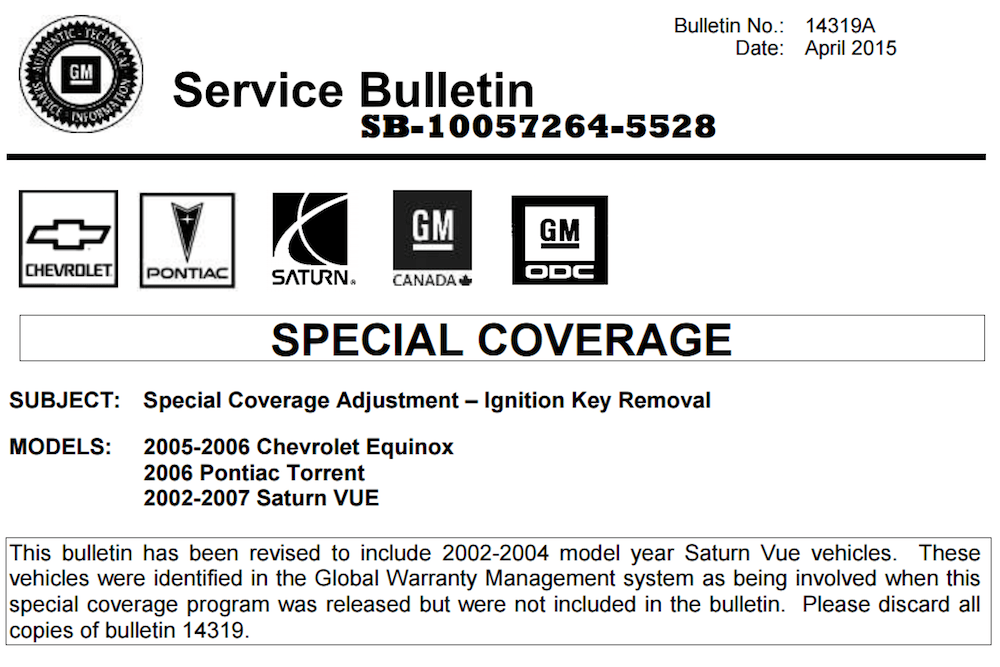

To ensure your safety and the safety of those on the road around you, stay up-to-date on current or potential problems with your vehicle.
One way to stay informed is through the use of technical service bulletins (TSBs), which are a valuable tool for car owners. A TSB provides information on potential vehicle-related issues.
Essentially, a TSB is a communication between an automaker and its dealerships to update automaker publications, describe parts updates, inform of potential defects or failures, or relay enhanced or new service procedures. A TSB is not a recall, but rather an informative document alerting the public to a potential problem and is often a precursor to a vehicle recall.
TSBs are provided by automakers directly to dealers and the government, but they do not necessarily apply to each vehicle manufactured in the afflicted model and year. Typically, a TSB is issued when there are a growing number of unanticipated problems with a vehicle. Vehicle owners must look for and research whether a specific vehicle has a TSB. More than 245 TSBs have been filed for 2016 model-year vehicles on the NHTSA website.
TSBs contain information about a variety of subjects, including:
- Safety recalls
- Defective product components
- Service campaigns
- Customer satisfaction campaigns
TSBs also include information about the following product types:
- Vehicles
- Equipment
- Child restraints
- Tires
To locate a TSB, several options are available since they are not sent directly to vehicle owners. Some options include:
- The National Highway Traffic Administration (NHTSA)
- Automotive dealers’ service centers
- Vehicle manufacturers
-
Independent providers
- Warning: If you are attempting to access a TSB through a vehicle manufacturer, be aware that the manufacturer may charge a fee. Similarly, independent providers often charge for access, either on a monthly basis or per document.
Part 1 of 3: Using NHTSA’s TSB database

Step 1: Access the NHTSA’s website. The recommended search method is to utilize NHTSA’s free TSB and recall database. First, visit NHTSA’s website.
Step 2: Search the database. To search for TSBs for your vehicle, you can use one of the following methods:
- Search by vehicle identification number (VIN).
- Use a “Product Type Search” to search for TSBs associated with a specific product type.
The search results field displays the number of records found that match your search criteria. The application displays 15 records at a time. These results will include recalls, complaints, and TSBs. If you click on an issue, a description of the problem appears, as well as any related documents.

Step 3: Locate any TSBs. Look through the documents for any “Service Bulletins.” Click on the link to download and view the “Service Bulletin” at no cost.
Part 2 of 3: Reading a TSB
Step 1: Generally understand what information a TSB contains. A TSB will typically describe the complaint or problem with the vehicle; the make, models, and years covered by the bulletin; and specific procedures to diagnose and repair the fault.
If new or updated parts are needed, the bulletin will also list any required original equipment manufacturer (OEM) part numbers. If the repair involves reflashing the engine control module, the bulletin will provide calibration information and codes.

Step 2: Be familiar with the different parts of a TSB. A TSB has several parts to be aware of, often varying slightly from one automaker to another.
The most common and important parts of a TSB include:
Subject: The subject describes what the bulletin covers, such as a repair or special coverage adjustment.
Models: This covers the vehicle makes, models, and years associated with the bulletin.
Condition: The condition is a brief description of the problem or issue.
Subject Description: This outlines the detailed information on the subject of the bulletin and what impact it will have on the vehicle or possible coverage.
Vehicles Involved: This describes whether or not a select group of vehicles, or all vehicles, are involved in the bulletin.
Parts Information: The parts information covers any parts numbers, descriptions, and quantities needed to solve the bulletin’s issue.
Action or Service Procedure: This involves a description of how to fix the related vehicle problem.
Part 3 of 3: Taking the next steps if your vehicle does have a TSB
Step 1: Address the issue outlined in the TSB. If your search locates a TSB for your vehicle’s make, model, and year, it’s time to take action. Take your vehicle down to your local dealer service center or repair shop; you can also have a qualified mechanic from YourMechanic come to your home or office. If you have a copy of the TSB, bring it with you to save some time.
- Note: A TSB is not a recall or a Special Service campaign. When a recall is issued, repairs are often covered by the manufacturer at no cost to you. If the cost of a TSB service or repair is eligible for warranty coverage, it will be specified in the TSB, but this requires that the vehicle is within the original warranty constraints and has the problems referenced in the TSB. Rarely will the issuance of a TSB extend a vehicle’s warranty.
If you want to stay on top of your car’s repairs and ensure the safest ride possible, it helps to periodically check for and address any TSBs that might apply to your vehicle. By following the simple steps above, you can do so without difficulty. If you’re ever unsure about the specifics of a TSB, or simply have a question about the health of your car, don’t hesitate to Ask a Mechanic to get quick, detailed advice from one of the certified technicians at YourMechanic.



